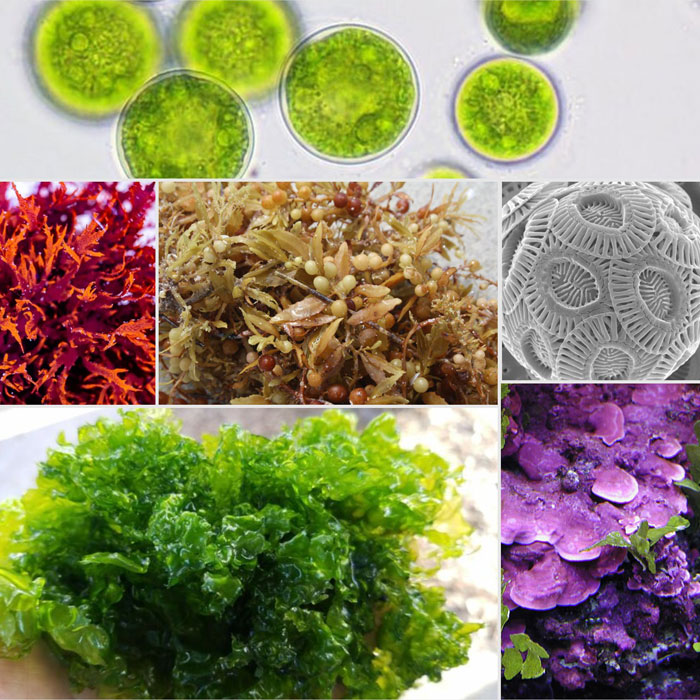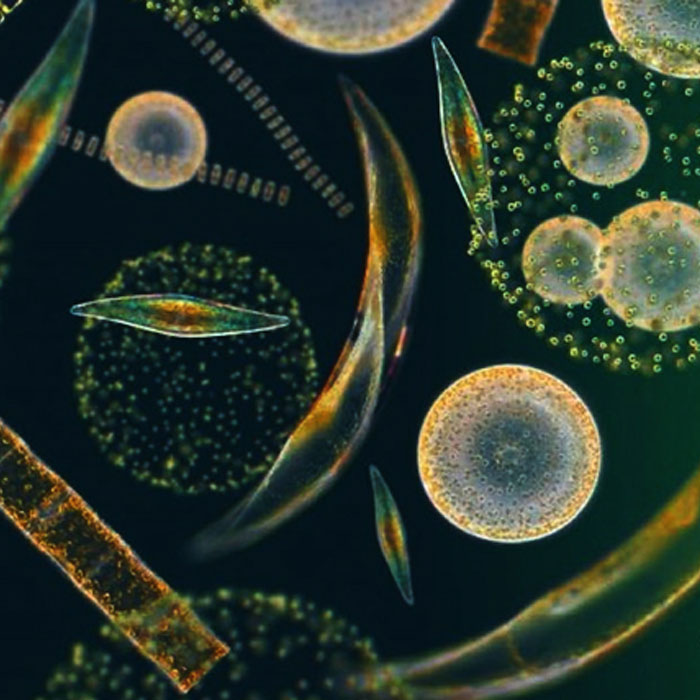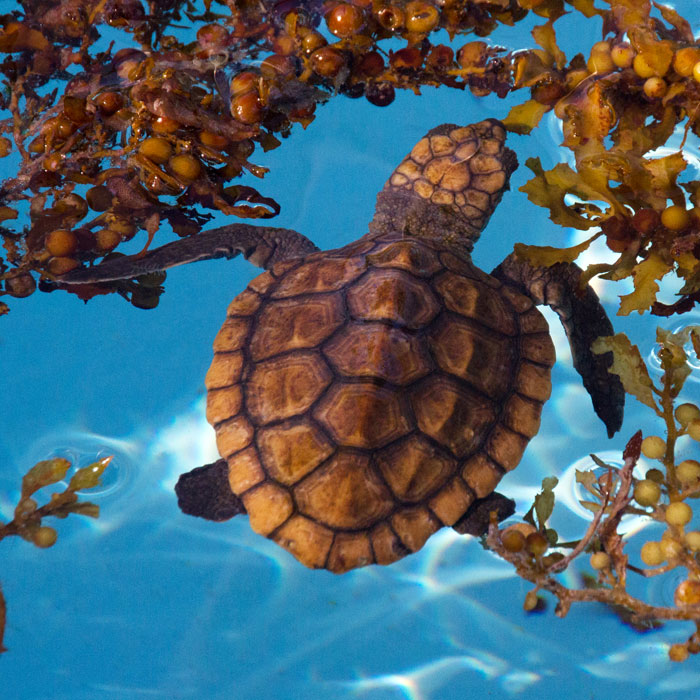What are Algae?

Algae are a diverse group of plant-like organisms, with over 70,000 different species that can be found around the globe. These aquatic organisms use photosynthesis to create food from sunlight, like plants on land. However, algae lack roots, stems and leaves which is what separates them from true plants. Instead, some types of algae possess rudimentary structures called holdfasts, stipes and blades which help them carry out similar functions. Algae can be divided into two main groups, microalgae and macroalgae, based on size and further divided based on the color of their pigments, red, green or brown.

Microalgae, also known as phytoplankton, cannot be seen with the naked eye. These microscopic organisms come in a variety of different shapes, sizes and colors. Some phytoplankton can move on their own, with whip-like tails, while others must rely on buoyancy and water movement to transport or distribute them. Phytoplankton are important because they serve as the foundation of many webs and produce about 70% of the oxygen we breathe!

Macroalgae, on the other hand, are large and can easily be seen with the naked eye. These organisms can range from single clumps to massive underwater forests that reach heights of 150 ft. In addition to serving as an important food source, macroalgae also provide critical habitat for animals from microscopic crustaceans to large whales! Macroalgae also have many commercial applications including cosmetics, biofuels and medicines.

